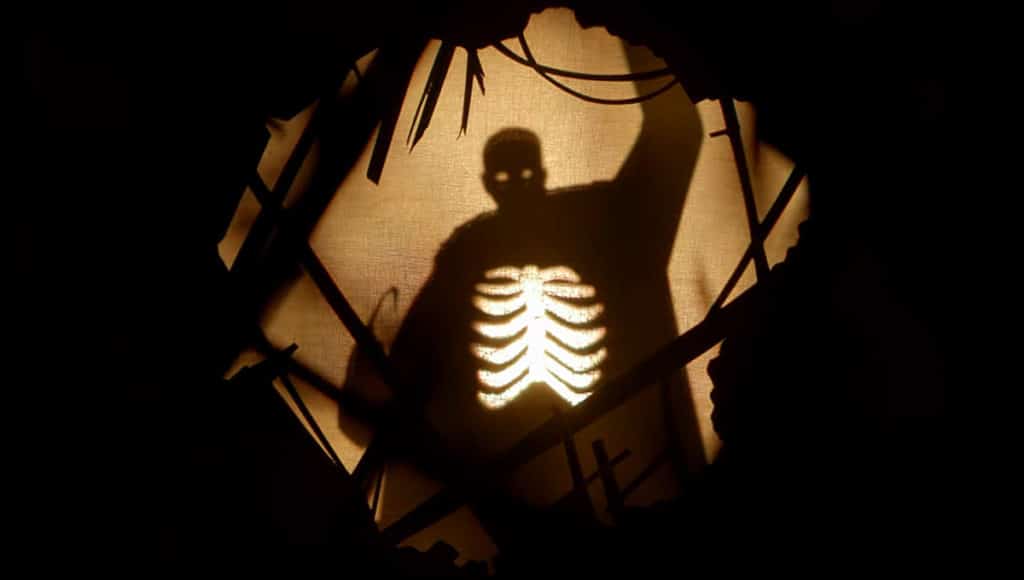Read also:
How to Watch FX Live Without CableHow To Watch AMC Without CableHow to Watch ABC Without CableHow to Watch Paramount Network Without CableNia DaCosta’s long-awaited horror sequel uses its unorthodox approaches to make for an unspooling nightmare that’s hard to shake.
As sparse as it is specific, Nia DaCosta’s Candyman feels like falling into a nightmare. It has the context, but the context feels increasingly shifted. It has the gravity, but the weight at hand seems to fall onto its audience in slow motion. It has a sense of remove but also a sense of intimacy, and as the picture develops, those schisms manage to lean into one another. Bernard Rose’s 1992 original was about the outsider looking in. DaCosta’s, on the other hand, is about the insider being forcibly removed from himself, and it’s a film as attuned to its own legacy as it is the legacy that’s been hoisted upon it.
It’s been almost three decades since Helen Lyle (Virginia Madsen) finessed her way into Cabrini-Green and summoned the urban legend (Tony Todd). The baby he then abducted, Anthony McCoy, is now a grown artist (Yahya Abdul-Mateen II) starting a new exhibition about gentrification in Chicago titled Say My Name. But Anthony isn’t versed in the lore of the Candyman, and he especially doesn’t know of his own connection to what happened back in the early ‘90s. And yet, while DaCosta’s film is thoroughly cognizant of the mythos and its implications, its focus is more on telling its own complementary tale, skillfully shedding the connective tissue one would expect.
It’s Anthony’s story as much as it is a sequel to Candyman. The audience knows who he is because of his name. The viewers, the onlookers themselves, are aware of what happened that night of the bonfire at the foot of the now-demolished Cabrini-Green high rise. Anthony, however, doesn’t. He is, due to his place in the first film’s mythology, an object of his own life rather than the author of his own fate. However, his art unlocks a parallel narrative. Helen’s story was about impression and observation. His is one of expression and empathy. Rose’s film was about intrusion. DaCosta’s is about introspection, about the horror within.

And while it is Anthony’s story, it’s also about those around him. It even borders on an ensemble piece at times. There’s local resident Burke (Colman Domingo), whose own childhood opens the film in a flashback that immediately lends a larger scope to the picture. With equal screen time is Anthony’s girlfriend, Brianna (Teyonah Parris), and rounding out the peripheries are her brother, Troy (Nathan Stewart-Jarrett), and his boyfriend, Grady (Kyle Kaminsky). The sense of place hinges on people. Those with less bearing on the plot itself still matter because they’re something, someone, to the people the film focuses on.
The sense of location, contrarily, is fascinatingly fractured thanks to DaCosta and DP John Guleserian’s unorthodox spatial awareness. Establishing shots are few and far between and locales, while clearly defined, pointedly lack a sense of relative geography. The actual layout of Chicago as a city is reserved to lines of dialogue, which, while granting a casual sense of reverence, presents the physical city as theoretical more than pragmatic. It’s more remembered, more imagined, than it is a collective. The baroque, the broken, the old, and the new all form a larger, physical unconscious, and their interiors have some of the most striking edifices.
From the near-constant use of mirrors to the varied camera movements, it’s immediately engaging while paying reference to the urban legend itself. Better yet, the approach bolsters what could have felt like writing pitfalls. The script from Jordan Peele & Win Rosenfeld and DaCosta could have faltered if put onscreen in another fashion, largely due to the pacing. Like its confluence of locations, the film often resets its focus onto different characters for scenes on end. It sometimes plays like a collection of vignettes, going on what feel like asides in order to further the whole thematically more than narratively.
The gestalt execution allows its themes to build up, to mutate, to rot. As the film progresses, it falls deeper and deeper into the collective psyche of its characters.
Overall, that’s what makes Candyman as successful as it is. The gestalt execution allows its themes to build up, to mutate, to rot. As the film progresses, it falls deeper and deeper into the collective psyche of its characters. The mind begins to disconnect from the body; the body begins to cannibalize itself. Art, culture, history, and a wavering sense of identity feel as if they take on different forms through the guise of body horror conventions. All the while, editor Catrin Hedström oscillates the momentum and DaCosta, through her empathy as a filmmaker, remains aware of what is or isn’t constructive to show onscreen.
Her gaze from the first scene to the last understands the impact of what she puts on screen. What lives on through art has its legacy, and it isn’t just visual. With the cornucopia of locations and specific soundscapes that live on in a collective unconscious as well as the memory of the viewer, there’s almost always something to hold on to. The bold, saturated colors; the grapevine of characters; the casual, close portrayal of Black people as much more than bodies. Despite some tonal inconsistencies early on, DaCosta’s Candyman is a portrait of love, and it is so because it is a portrait of deep sadness.
Candyman floats to theaters this Friday, August 27.